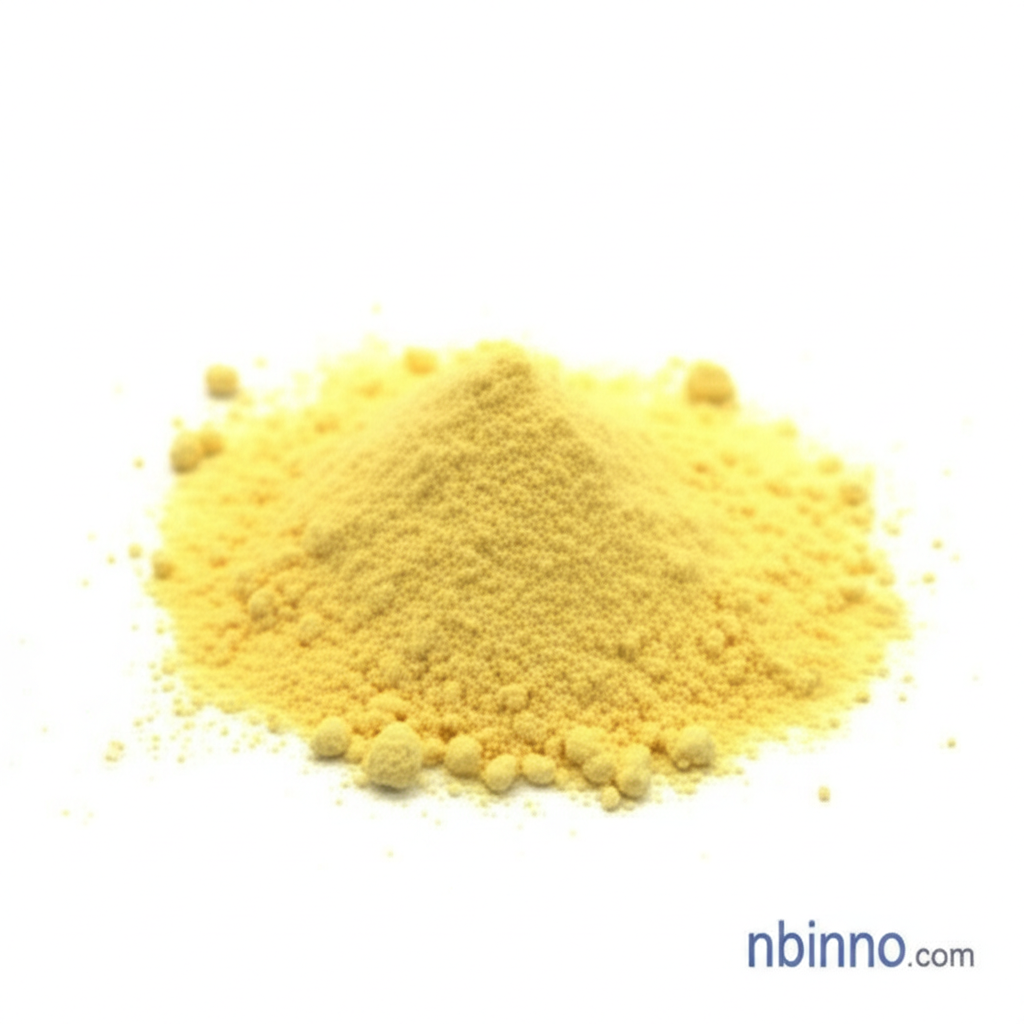Advanced Carbazole Boronic Acid Derivative for High-Performance Optoelectronics and OLEDs
Unlock the potential of next-generation displays with our cutting-edge boronic acid derivative.
Get a Quote & SampleProduct Core Value

4-(9H-Carbazol-9-yl)phenylboronic acid
This advanced boronic acid derivative is a critical component for high-performance organic light-emitting diodes (OLEDs) and organic photovoltaics (OPVs). Its unique molecular structure, featuring electron-rich carbazole and the versatile boronic acid group, facilitates Suzuki cross-coupling reactions for precise molecular engineering. This makes it an indispensable building block in material science for developing next-generation display and energy technologies.
- Discover the 4-(9H-Carbazol-9-yl)phenylboronic acid properties, a key enabler for advanced optoelectronic devices.
- Explore the potential of carbazole boronic acid derivative OLED applications, driving innovation in display technology.
- Utilize this advanced boronic acid derivative as a crucial optoelectronic material building block for synthesis and research.
- Leverage the superior performance of our high-performance OLED materials to create next-generation electronic devices.
Key Advantages
Enhanced Charge Transport
The rigid, planar structure of this carbazole derivative significantly enhances charge transport properties, a critical factor for efficient OLED performance, supporting our findings on carbazole boronic acid derivative OLED applications.
Molecular Engineering Versatility
The boronic acid group enables Suzuki cross-coupling, allowing for precise molecular engineering and the creation of tailored materials for specific optoelectronic needs, as highlighted in research on optoelectronic material building blocks.
Superior Thermal Stability
With a high decomposition point and glass transition temperature, this compound ensures device stability and longevity, crucial for the practical application of high-performance OLED materials.
Key Applications
OLED Displays
Serves as a vital component in the emissive layers of OLEDs, contributing to enhanced efficiency and performance, a key area for 4-(9H-Carbazol-9-yl)phenylboronic acid properties.
Organic Photovoltaics (OPVs)
Acts as a fundamental building block for creating next-generation OPV devices, leveraging its unique electronic characteristics.
Advanced Material Science
Essential for research and development in novel organic electronic materials, pushing the boundaries of technological innovation.
Specialty Chemical Synthesis
Its versatile reactivity makes it a valuable intermediate in the synthesis of complex organic molecules for various high-tech applications.
